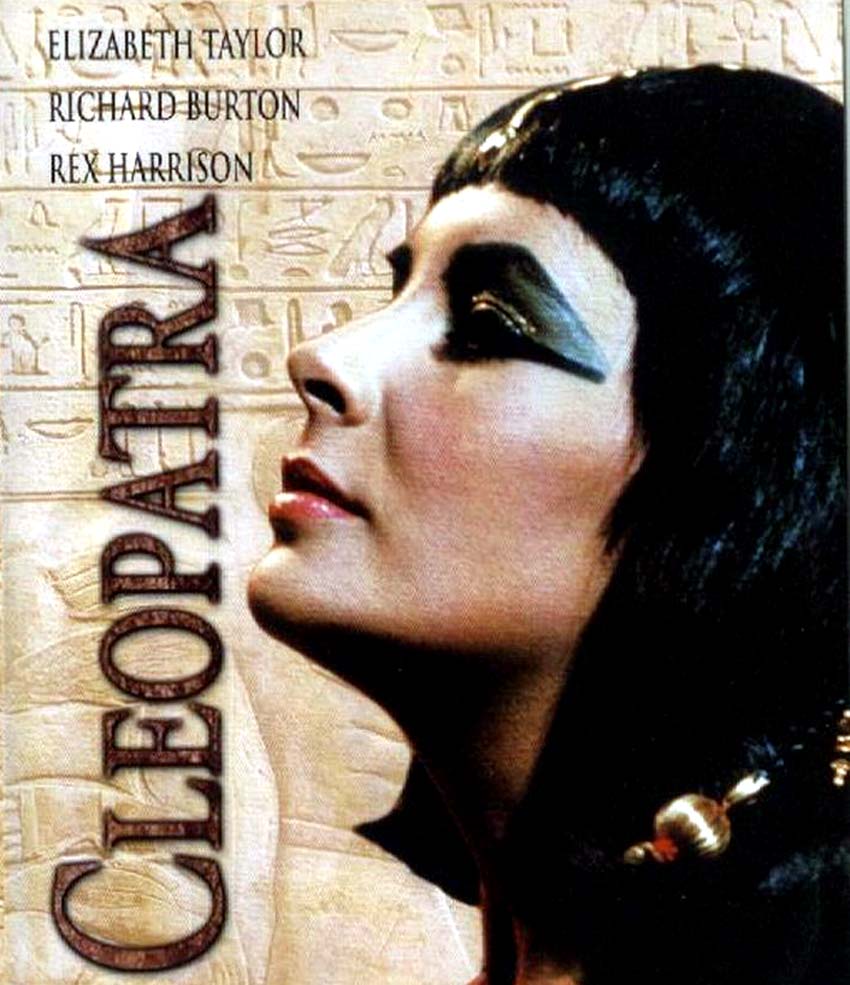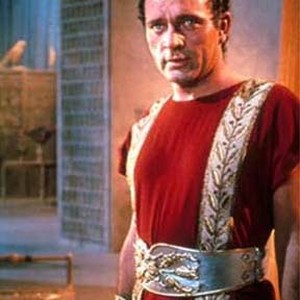

We get a complete budget breakdown of the final version, and we’re also told - that contrary to its legend - the film went into profit in 1966 with its $5 million dollar sale to ABC. Well something did happen: the most expensive film ever to that time. In a line that’s become a commonplace recently, ‘I don’t care what the facts and figures say, just make it happen’. It’s the other producers who come off badly here, power-hungry, indecisive, incompetent. Wanger, married to Joan Bennet for many years, and a distinguished independent producer since the thirties knew how to deal with stars, what to expect, how to make things comfortable. Taylor comes across as supremely sane, intelligent, and helpful. There are lots of pages about getting Sidney Guilaroff to do Taylor’s hair, how the British unions were against this, and the bribes involved to get them to aquiesce. We eventually understand why Rouben Mamoulian was hired and why he was eventually replaced by Joseph L. We get to see why it was decided to film in the UK (the Edy plan) and Egypt (free use of military as extras) and why the eventual move to Rome and Cinecittà. It’s a book that’s useful for many reasons, the first being that it’s a producer’s account so one’s allowed in from the very first stages of planning, casting decisions (Cary Grant, Audrey Hepburn, Burt Lancaster, Joan Collins, Noel Coward - all were discussed seriously), the hiring of key personnel and the production planning. This editions was re-published to coincide with the 50th anniversary blu-ray release in 2013.

I think I first read this forty years ago or so.


 0 kommentar(er)
0 kommentar(er)
